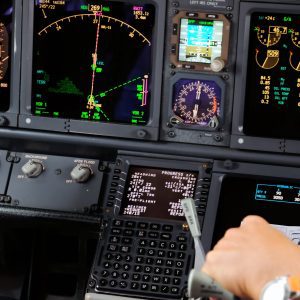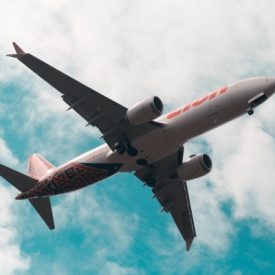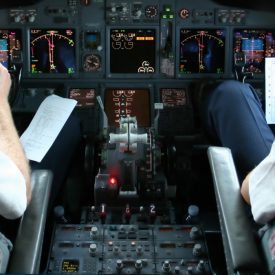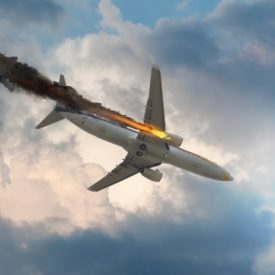Talking about airmanship in the second decade of the 21st century can open a whole lot of issues that in the last century were largely absent from the discussion. I’ve been studying the dynamic of the human-machine interface in earnest since 2001, the year I transitioned to my first fully-integrated, glass-cockpit airplane. By that time, …
 Chris Lutat
Chris Lutat
Aviation’s COVID19 era began for me while I was completing my own transition training from an airplane that I had flown for almost 20 years (the McDonnnell-Douglas MD-11) to the Boeing 777. While flying the MD-11, I had been an instructor, check airman, and FAA Designee for a total of 15 years. In short, I …
It’s never been an interest of ours to “pile-on” during the days, weeks, and months following an aviation accident. Our approach is to evaluate the facts and findings, and then view them through the lens of contemporary airmanship. In fact, our book (Automation Airmanship, McGraw-Hill Education, 2012) was written during the aftermath of the Air …
Briefing and Debriefing—the Second Principle of Automation Airmanship®—may be the most undervalued influence in today’s modern cockpit. This blog post looks at how pilots at any level of experience can significantly improve outcomes by re-examining this often overlooked and all too frequently overdone airmanship tool. Any cockpit crewmember with even just a few hundred hours …
This is the last in a series of posts that began over a year ago; it’s the last leg of an improvement strategy that has covered the entire family of 9 Automation Airmanship® principles. If you have not been able to follow the entire series from the beginning, the last 12 month’s posts are available …
This is the Tenth in a series of posts that will provide an improvement strategy that covers the entire family of 9 Automation Airmanship® principles. Following this post, there will be one more to close out this series which began just over one year ago, in January 2017. If you have not been able to …
This is the Ninth in a series of posts that will provide an improvement strategy that covers the entire family of 9 Automation Airmanship® principles. There’s been a lot written lately about the rapid turnover of the workforce throughout the entire global aviation industry—not a week goes by without some major trade publication making the …
This is the Eigth in a series of posts that will provide, throughout the year, an improvement strategy that will cover the entire family of 9 Automation Airmanship® principles. Just a few years ago, we went on the record to update an outdated concept, one that had remained unchanged for decades while our industry had …
This is the Seventh in a series of posts that will provide, throughout the year, an improvement strategy that will cover the entire family of 9 Automation Airmanship® principles. Sixty-Nine Million. That’s the number of results that the search engine on my computer generated when I typed in the term “monitoring accidents” just a few …
This is the Sixth in a series of posts that will provide, throughout the year, an improvement strategy that will cover the entire family of 9 Automation Airmanship® principles. Good, effective communication is a constant across high-performance teams in any domain. In Automation Airmanship, we apply this truth to working directly with fellow crewmembers, the …










